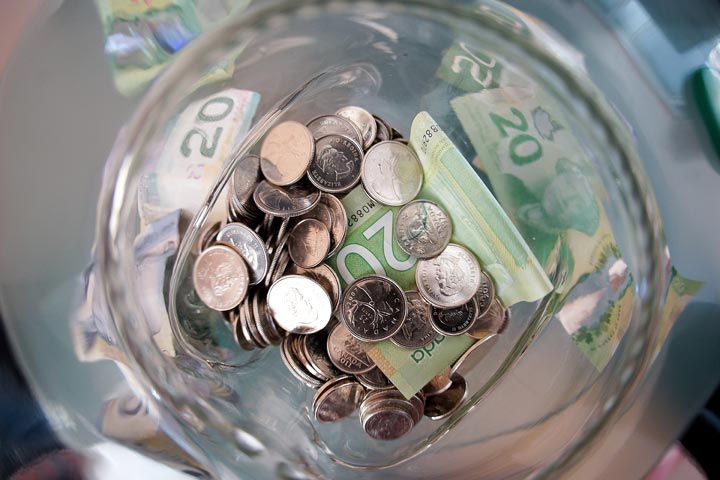OTTAWA – Consumer prices rose more in February than expected but not enough to keep annual inflation from dipping four-tenths of a point to 1.1 per cent – near the low end of the Bank of Canada’s target range.

Economists had anticipated Statistics Canada’s annual inflation rate would fall because a spike in gasoline prices in February 2013 didn’t happen again this year but the actual decline was less than expected.
Consumer prices also increased more than anticipated between January and February, pushing up last month’s consumer price index 0.8 per cent as travel tours, hotels, autos and gas were all higher.
Economists had generally estimated the month-month increase would be 0.6 per cent and that the annual inflation rate would fall below 1.0 per cent, the low end of the Bank of Canada’s acceptable range.
“The smaller year-over-year rise in the CPI in February compared with January was mainly attributable to gasoline prices, which fell 1.3 per cent in the 12 months to February, following a 4.6 per cent increase in January, ” Statistics Canada explained.
On a monthly basis, gasoline prices rose 2.3 per cent this February, a smaller increase than in the same month a year ago (8.4 per cent).”
Earlier in the week, Bank of Canada governor Stephen Poloz said he would discount this month’s reading because it did not present an accurate picture of inflationary pressures in Canada. He said he believes the trend rate of inflation is about 1.2 per cent, exactly the level for February’s core rate, which excludes volatile items such as energy and some fresh foods.
Poloz has expressed some relief of late that inflation has moved steadily up from single-digit territory, although it still remains well below the two-per-cent level the bank targets. Some analysts believe it could return to the level as early as this summer, however.
On a monthly basis, the big movers were gasoline, travel tours, hotels, women’s clothing and autos. As well, there was a 2.8 per cent increase in cigarettes, some of which may be due to a tax increase handed down in last month’s budget.
On an annual basis, electricity costs rose 4.7 per cent, property taxes 3.2 per cent, rent 1.5 per cent and fresh fruit 7.5 per cent. Food, a major contributor to the index, rose a modest 1.1 per cent, matching the increase in January.
Meanwhile gasoline, women’s clothing, digital computing devices, prescribed medicines and tools and other household equipment all cost less.
Regionally, inflation was strongest at 2.7 per cent in Prince Edward Island and weakest in British Columbia, where prices declined by 0.3 per cent.



Comments